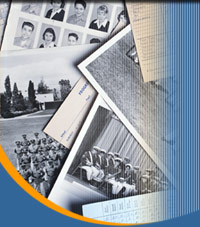 |
|
|
||||||||||||
| |
||||||||||||||
|
|
|
|
|||||||||||
|
Subject: International Transportation Almost every international shipment travels on more than one mode form its origin to its destination. Recent efforts have attempted to reduce transit times and costs by increasing the various modes compatibility and by trying new mode communications. Shipping air/sea has two advantages. One, the cost of the combined modes is less than that of an all-air movement. Two, it is much faster than any of the available all-surface modes. Modern container ships can make Pacific crossing from Japan to Seattle in ten days. When we combine this with the air leg from Seattle to Europe, total transit time will range from ten to fourteen days. This is approximately one-third of the all-ocean transit time and one-half of the land bridge time. The in-transit inventory savings will outweigh the increased cost of the premium modes. The ability to evaluate and effectively decide on such issues will separate the true logistician from the 'practitioner'. OBJECTIVES This module will prepare students to develop an understanding of shipping documentation from the time orders are processed to the time letters of credit are sent to the bank for negotiation until the ultimate arrival of goods. SYLLABUS Includes key topics like:
|
|
|||||||||||||
| |
||||||||||||||
| |
|
|
|
|
||||||||||

